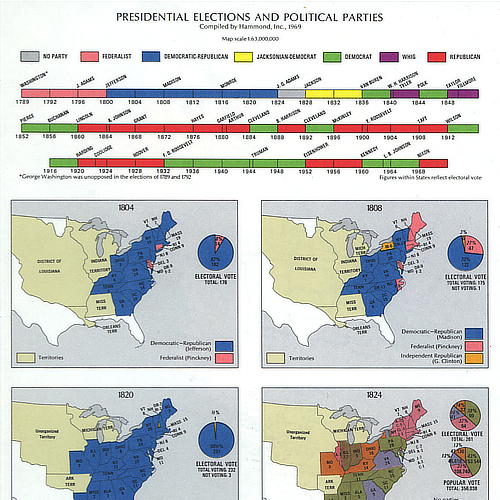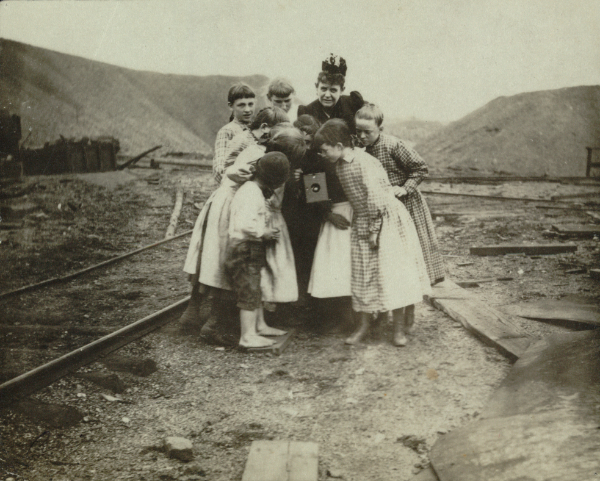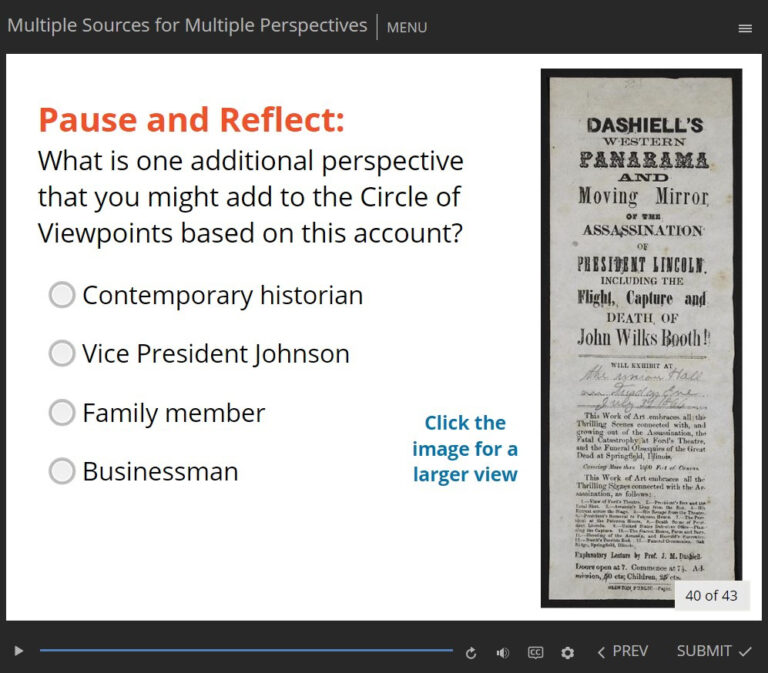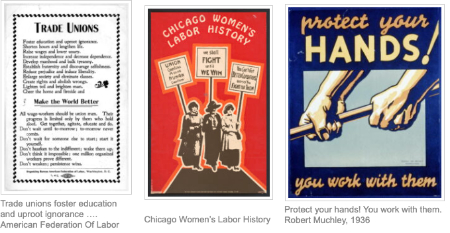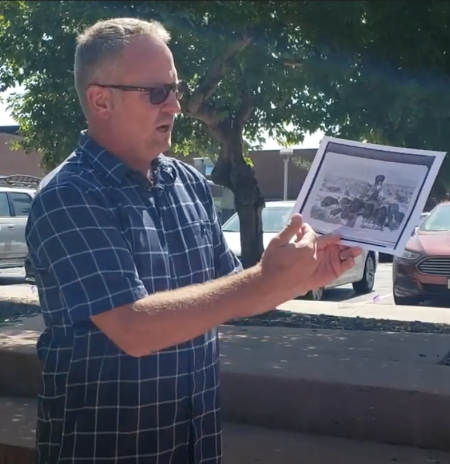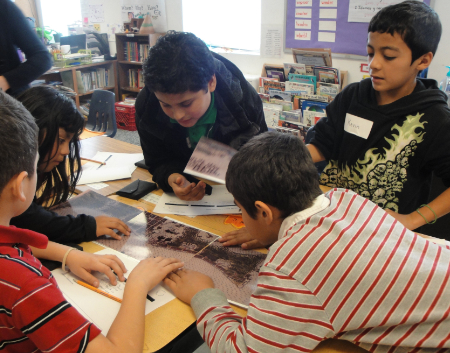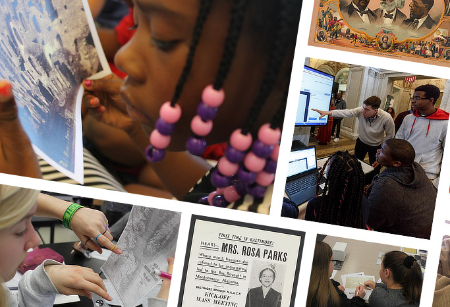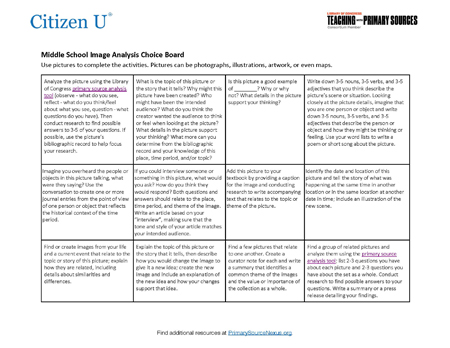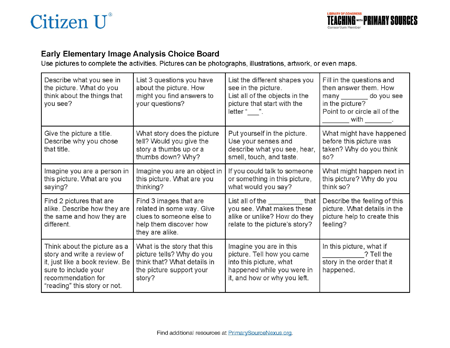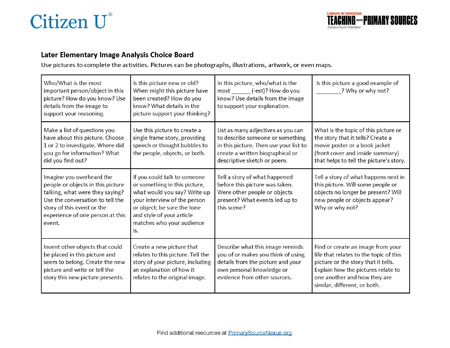Analyzing Primary Sources: Political Parties
In a fantastic series of posts on the Teaching with the Library blog, Educational Resources Specialist Colleen Call Smith details a number of different ways to dig into the Library’s Political Parties primary source set. Political Parties and Primary Sources: Civic ParticipationConsider ways in which oral histories provide a unique source for thinking about civic…

